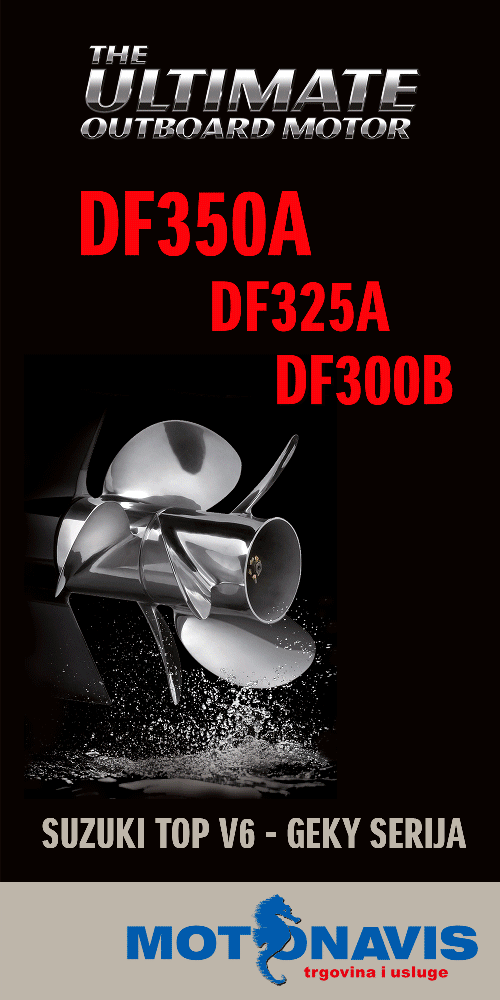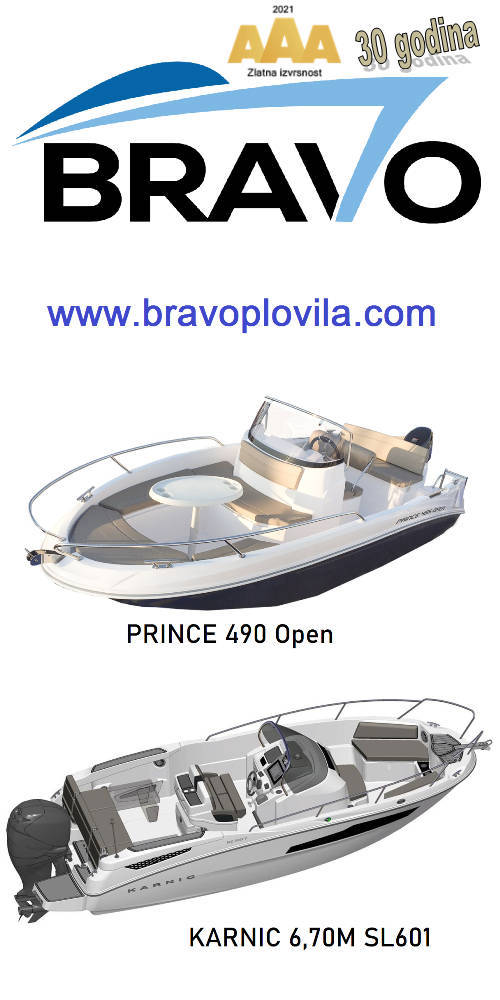Nightfall. Calm, peaceful, with perfect sailing winds. When all of a sudden...what was that? Just off the port bow? There it is again! Two white lights just over the horizon. A freighter? A super tanker? It's too far away to see the side lights. What now, skipper!
Did you know that you will pick up a ship's white masthead lights (also called "range lights") at twice the distance of red or green sidelights?
All ships have a lower (front) masthead light and a higher (aft) masthead light. To know what action you need to take, concentrate on the position of the lower masthead light relative to the upper masthead light. Use the three methods and action steps described below to keep your sailing crew safe and sound...
Lower Masthead Light to the Left
If you sight the ship with the lower light to the left (illustration 1), he will cross your bow from right to left. This means you must give way to the other vessel. Slow down or stop to allow the ship to cross ahead of you.
Both Masthead Lights in "Range"
When you see both of these in line (illustration 2), that means you are on a collision course with the ship. You need to take action right now!
Turn right 90 degrees and increase speed. When both masthead lights show a wide separation, you have eliminated all risk of collision.
Lower Masthead Light to the Right
If you sight the ship with the lower light to the right (illustration 3), he will cross your bow from left to right. This means you have the right of way. Maintain your course and speed.
If the other vessel fails to allow you to pass, slow down, stop, or change course and speed to get out of their way.
Sail Defensive to Stay Alive! Forget the old saying that "sailboats have right of way". Assume that the ship will not be able to see you.

Radar beams transmitted from a ship's radar antenna go out in a narrow teardrop shape.
When you sail heeled over, or when sailing in large seas, your vessel offers less of a reflective surface.
Hoist at least two radar reflectors on the backstay and shrouds and/or mast to make yourself a more reflective radar target.
Maintain a sharp lookout and take early and substantial action to avoid collision.
Use your eyes first before you go to the radar, AIS, or any other electronic tool.
Radar skips over low targets and AIS depends on installed equipment aboard another vessel in order to "talk" to your AIS. Radar will miss smaller targets (buoys, small power boats, hull-down vessels (just beneath the horizon).
Make an additional scan just ahead of the vessel at the waters surface to look for harmful flotsam--floating debris--such as logs, crates, metal containers or drums, where contact with your hull could cause serious fracture that results in flooding.
International Admiralty law requires a visual scan along with installed electronic devices. In no way can a sailing skipper afford to allow his or her sailing crew to become complacent on watch. Visual scans used in concert with electronic devices saves lives and property!
Skipper Tip
Use your hand bearing compass to take a bearing once a minute to one of the masthead lights. Make sure you shoot the same light each time. Does it change to the left, to the right, or remain steady? Steady bearings warn you of imminent collision. Better take action right now!
~~~~~~~~~~~~~~~~~~~~
As a sailing skipper, you need to be able to determine within seconds how a ship will pass your small cruising sailboat--day or night. Use these simple methods to keep your sailing crew safe and sound when sailing near the busy shipping lanes of the world.
Captain John
www.skippertips.com
Want Access to over 400 sailing articles, reports, newsletters and sailing videos? Click Here for More info!






















